Which Dinosaur Had 500 Teeth? This Prehistoric Jaw Was Truly Unique
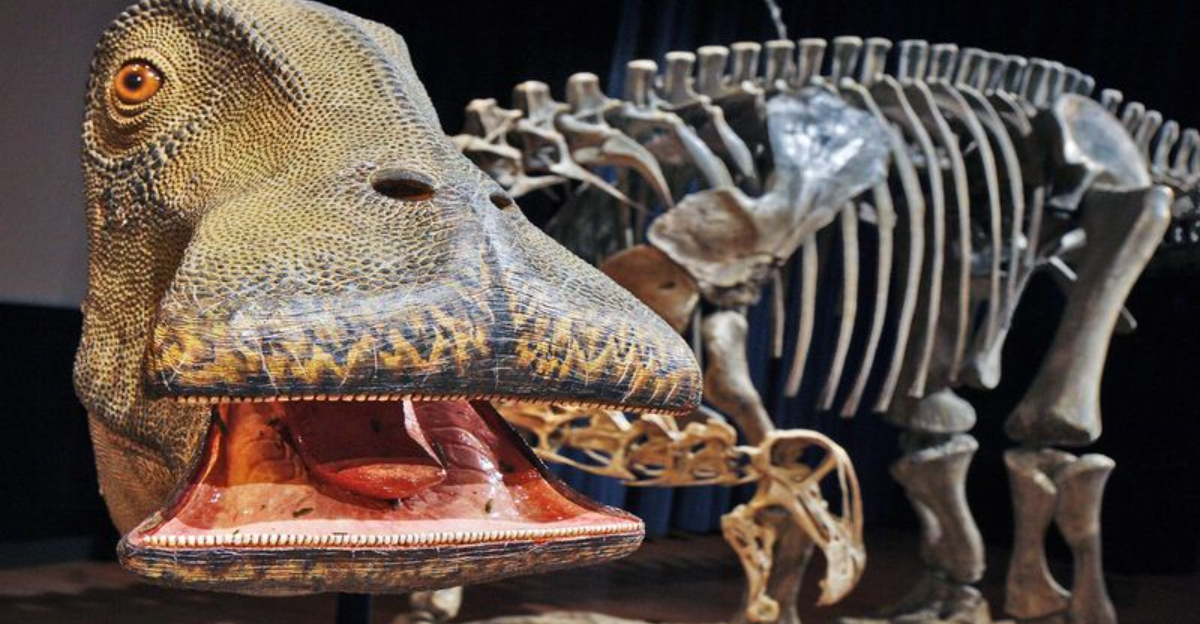
Ever wondered which dinosaur could have given your dentist nightmares? Meet Nigersaurus, the prehistoric creature that packed a whopping 500 teeth in its unusually wide mouth. This plant-eating dinosaur roamed Africa about 110 million years ago during the middle Cretaceous period.
Its remarkable dental arrangement wasn’t just impressive in number – it was a masterpiece of natural engineering that helped this dinosaur thrive in its ancient environment.
1. Nigersaurus: The Dinosaur With 500 Teeth

Imagine a cow-sized dinosaur with a vacuum cleaner for a mouth! Nigersaurus taqueti, discovered in the Republic of Niger, stunned paleontologists with its bizarre dental arrangement.
Unlike other dinosaurs, this creature packed approximately 500 teeth in its wide, straight-edged snout. This unique feature earned it the nickname “Mesozoic Cow” among scientists.
2. How Nigersaurus Used Its 500 Teeth
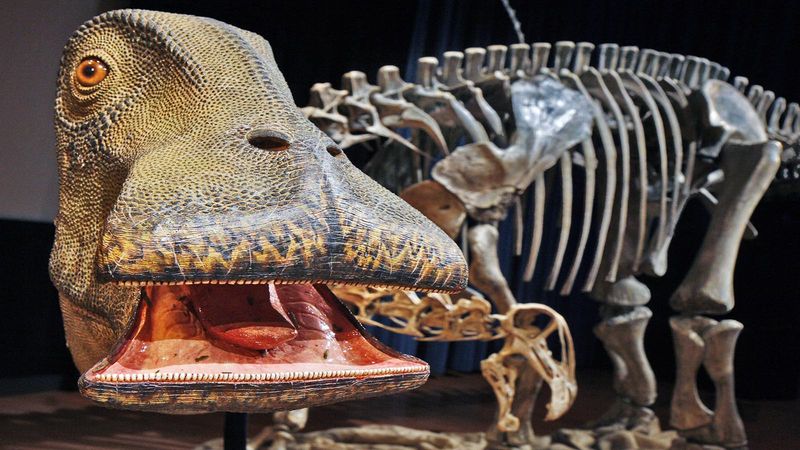
Picture a prehistoric lawn mower! Nigersaurus likely grazed with its head close to the ground, using its wide muzzle to efficiently collect low-growing plants.
Those hundreds of teeth worked like tiny scissors, continuously shearing vegetation rather than grinding it. The teeth formed a cutting surface that stretched nearly a foot wide, perfect for harvesting large amounts of plant material quickly.
3. The Unique Jaw Structure Of Nigersaurus
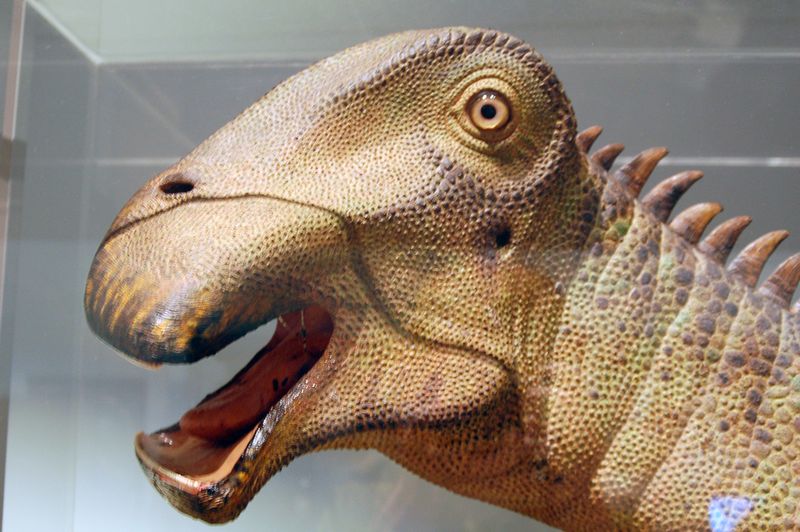
Talk about jaw-dropping anatomy! Nigersaurus had a skull so specialized that scientists initially struggled to believe it was real.
The jaw contained tooth batteries – stacked columns of replacement teeth behind the active ones. Each position held up to nine backup teeth ready to move forward when needed. This conveyor-belt system ensured the dinosaur always had sharp teeth available.
4. What Made Nigersaurus’ Teeth So Special?
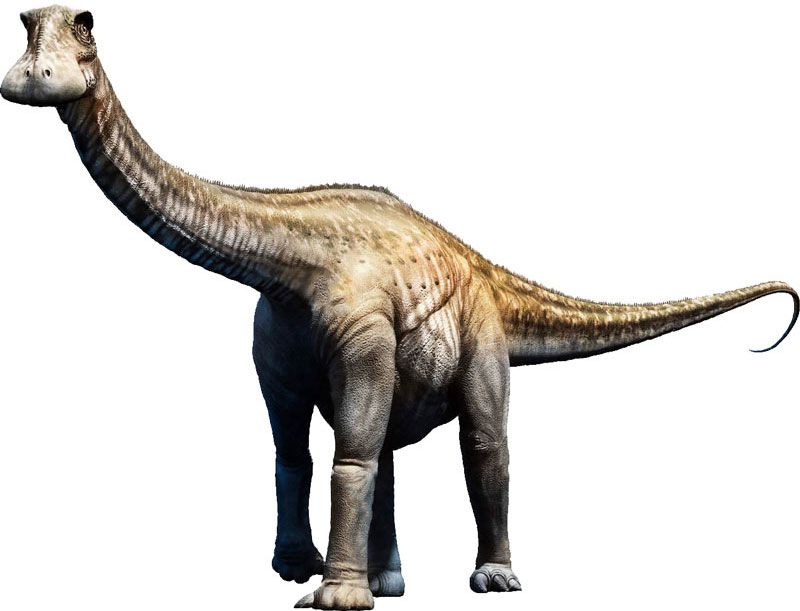
Size matters – but not how you’d think! Nigersaurus had teeth that were surprisingly tiny compared to other dinosaurs, measuring just a few millimeters across.
These teeth featured asymmetrical enamel – thicker on the outward-facing side to resist wear. This clever adaptation kept the teeth naturally sharp as they wore down, creating self-sharpening cutting edges for efficient plant processing.
5. The Role Of Nigersaurus’ Teeth In Its Diet
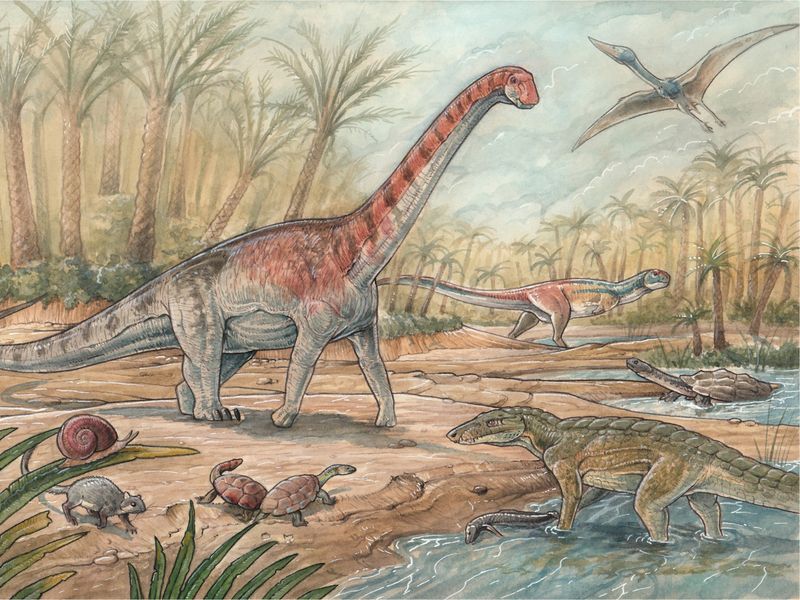
Prehistoric picky eater alert! Nigersaurus’ dental setup suggests it specialized in soft, succulent vegetation rather than tough, woody plants.
The rapid replacement rate of its teeth indicates constant wear from feeding, possibly on ferns, horsetails, and other ground-level plants. Scientists believe it may have fed similarly to modern flamingos, using its wide snout to filter plants from muddy areas.
6. Nigersaurus: A Dinosaur Built For Plant Eating

Move over, vegans – Nigersaurus was the original plant-based trendsetter! This sauropod belonged to the rebbachisaurid family, known for their efficient plant-processing adaptations.
Its unusual skull featured large fenestrae (openings) that lightened the structure while maintaining strength. The nostrils sat high on the skull, well away from the ground-skimming mouth – a clever design for a dinosaur that spent its days with its nose to the grindstone!
7. How Nigersaurus’ Teeth Helped It Thrive In Its Environment
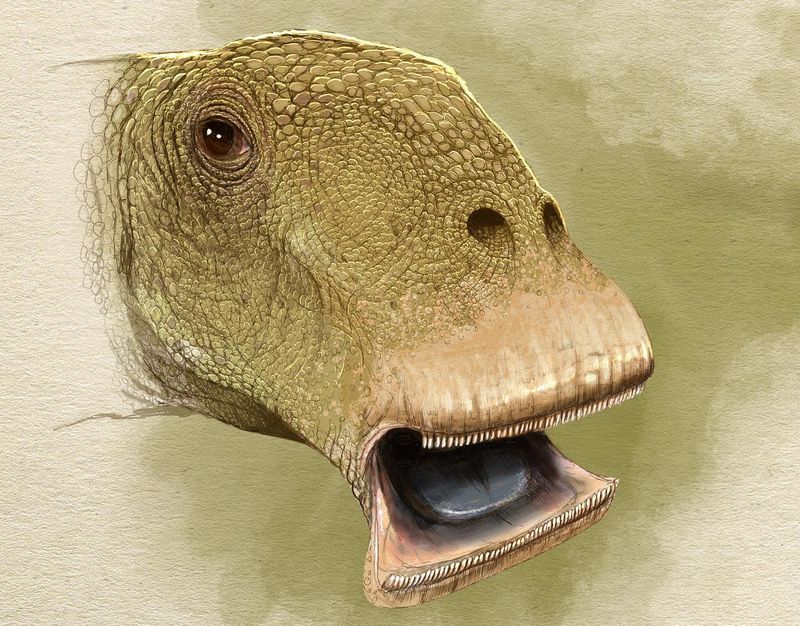
Survival of the toothiest! Nigersaurus inhabited the lush floodplains of what’s now the Sahara Desert during a much wetter period.
Its specialized teeth allowed it to exploit food sources other dinosaurs couldn’t efficiently harvest. By feeding on ground-level plants, it avoided competition with taller browsers like Brachiosaurus. This ecological niche-filling was key to its success in an ecosystem teeming with diverse dinosaur species.
8. The Evolution Of Nigersaurus’ Teeth
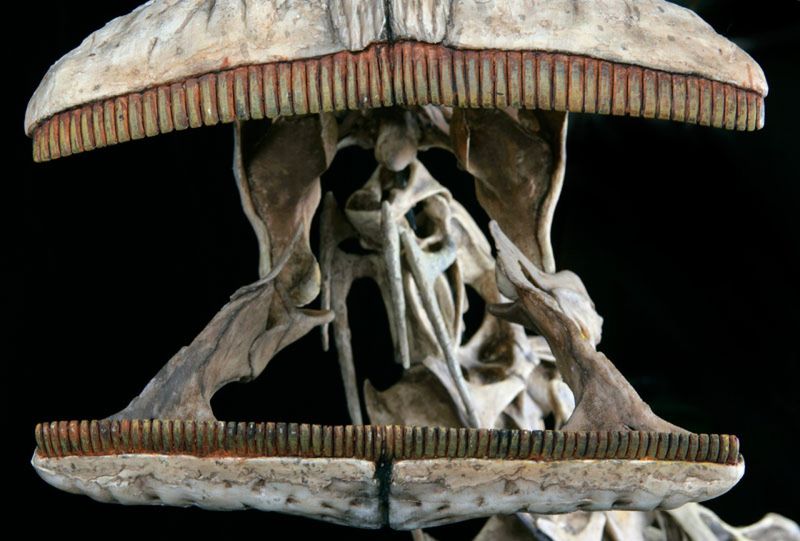
Nature’s dental experiment! Nigersaurus represents an evolutionary pinnacle of tooth specialization among dinosaurs.
Its tooth arrangement evolved from more typical sauropod dentition, gradually developing the extreme lateral expansion and increased tooth count. This evolutionary path demonstrates nature’s incredible ability to produce specialized feeding adaptations.
The dental battery system evolved independently in several dinosaur lineages, showing convergent evolution at work.
9. Why Nigersaurus Had So Many Teeth
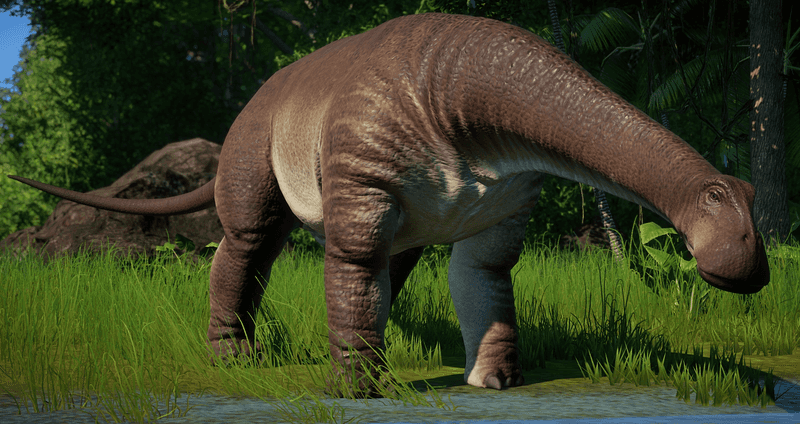
Quantity had a quality all its own! Nigersaurus’ 500-tooth smile wasn’t just for show – it solved a crucial survival problem.
Plant material is abrasive and wears teeth quickly. The sheer number of teeth, combined with rapid replacement, meant Nigersaurus could process massive amounts of vegetation without downtime.
Each tooth was replaced approximately every 14 days – one of the fastest replacement rates known among dinosaurs!
10. Nigersaurus: A Gentle Giant With A Remarkable Jaw
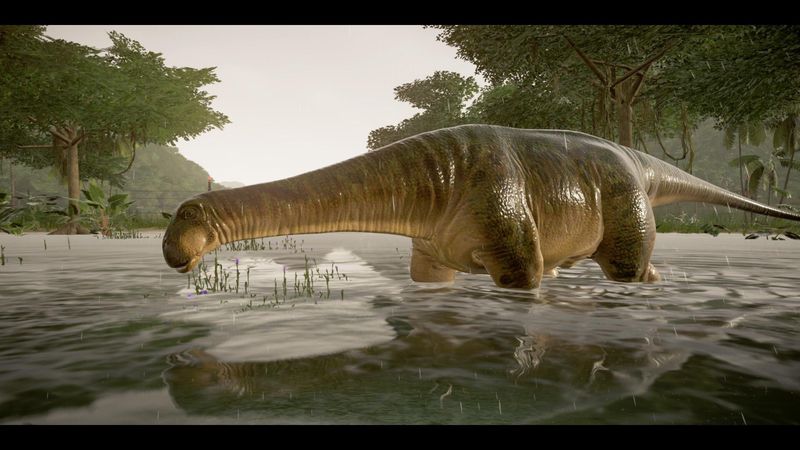
Don’t let the tooth count fool you! Despite its intimidating dental arsenal, Nigersaurus was relatively small for a sauropod, measuring about 30 feet long.
Its neck was shorter than most relatives, consistent with its ground-feeding habits. The skull was remarkably delicate – so thin in places that a powerful light could shine through fossilized bone!
11. The Fossilized Teeth Of Nigersaurus And What They Reveal

Ancient dental records don’t lie! Fossilized Nigersaurus teeth provide paleontologists with valuable clues about its lifestyle.
Microscopic wear patterns on the teeth indicate the types of plants it consumed. Isotope analysis of tooth enamel reveals information about its diet and environment. Fossilized teeth are often the most common Nigersaurus remains found, as their small size and rapid replacement meant many were shed during the animal’s lifetime.
12. Nigersaurus: A Dinosaur With A Unique Feeding Strategy
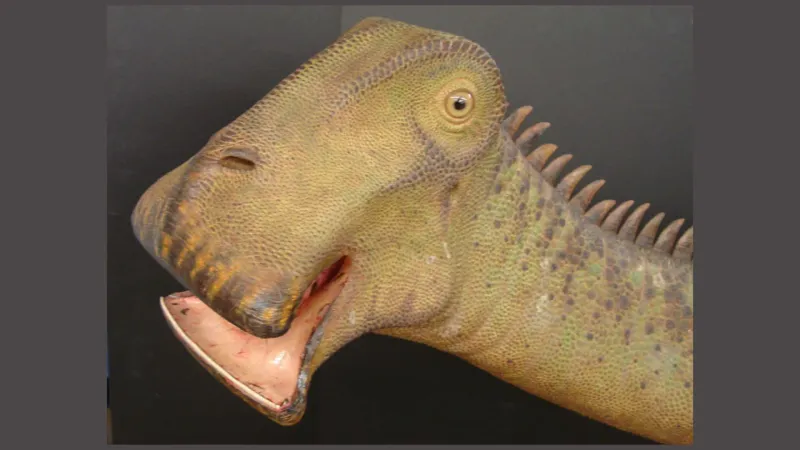
Prehistoric innovation at its finest! Nigersaurus likely fed through a combination of cropping and filter-feeding techniques.
Its broad muzzle scooped up vegetation, while its teeth acted as a filtering mechanism to separate edible plants from soil and debris. The squared-off snout functioned similarly to a cow’s mouth, but with hundreds more teeth. This feeding strategy allowed efficient harvesting of calories with minimal energy expenditure.
13. The Discoveries Behind Nigersaurus’ Fossils
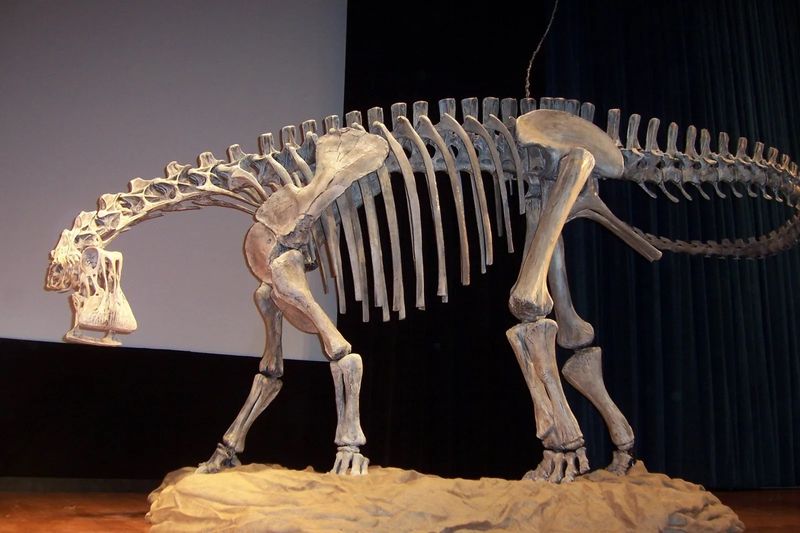
Paleontological detective work unveiled this toothy wonder! Nigersaurus was first discovered in the 1950s, but its complete skull wasn’t reconstructed until 2007.
Paleontologist Paul Sereno led the team that fully described this unusual dinosaur. The delicate nature of its skull bones meant that complete specimens were exceedingly rare. CT scanning technology was crucial in revealing the internal structure of its remarkable dental batteries.
14. How Nigersaurus’ Teeth Set It Apart From Other Dinosaurs

Standing out in the dinosaur crowd! While many dinosaurs had specialized teeth, none matched Nigersaurus’ extreme adaptation.
Hadrosaurs (duck-billed dinosaurs) developed dental batteries independently, but with different arrangements. Ceratopsians like Triceratops had slicing dental batteries but fewer teeth.
Nigersaurus represents an evolutionary experiment that pushed dental specialization to its limit – a perfect example of nature’s endless capacity for innovation.






